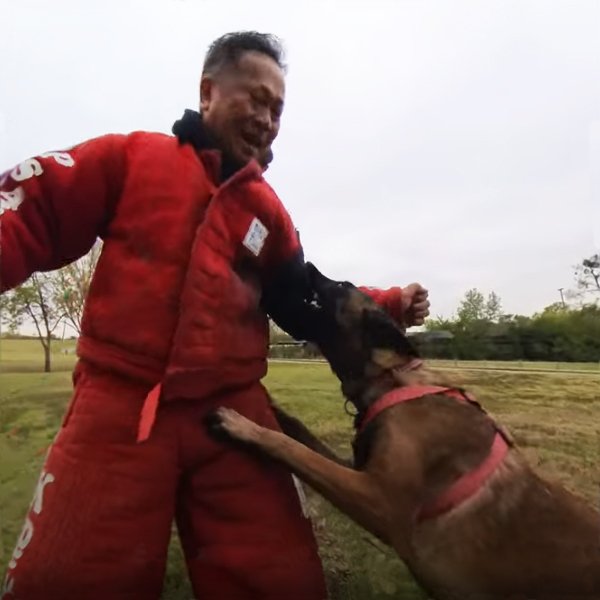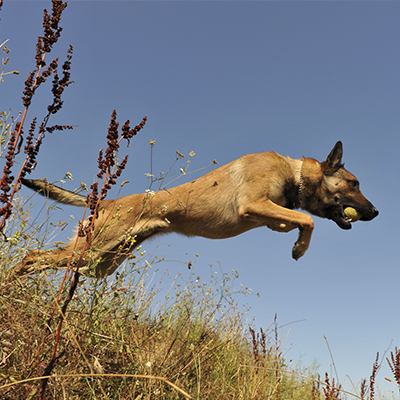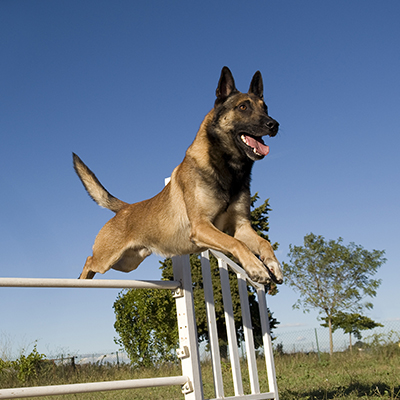Training Methods

Basic protection training
About
The following are foundation skills taught prior to our basic and advanced handler protection skills: Bite Development Drive Development Advanced Biting Skills Basic Fighting Skills Advanced Fighting Skills Muzzle Attacks Integrating Skills
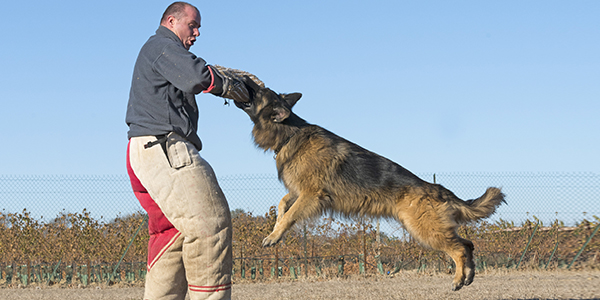
Basic Handler Protection
About
Once foundational training (imprinting and development of drives; biting skills, etc.) within the protection program has been completed handler protection skills are taught. These handler protection skills determine how the dog protects you.

Advanced Handler Protection
About
These advanced skills provide a variety of useful options as to “how” the dog protects you. Naturally, if faced with a serious threat the more options available to you the better.
In situations where someone only suspects a potential threat, advanced exercises like the Covert Secure are extremely useful.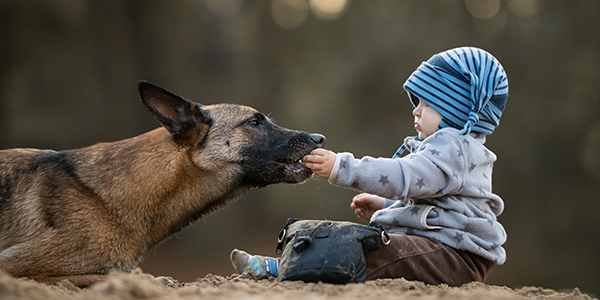
Manners
About
As most of our clients do have children the exercises below are designed to protect their hands from accidentally being hurt when playing with the dog (ie the dog taking a toy out of their hand, etc.). There are numerous ways in which we customize each dog’s training based on each clients specific lifestyle and personal preferences.

